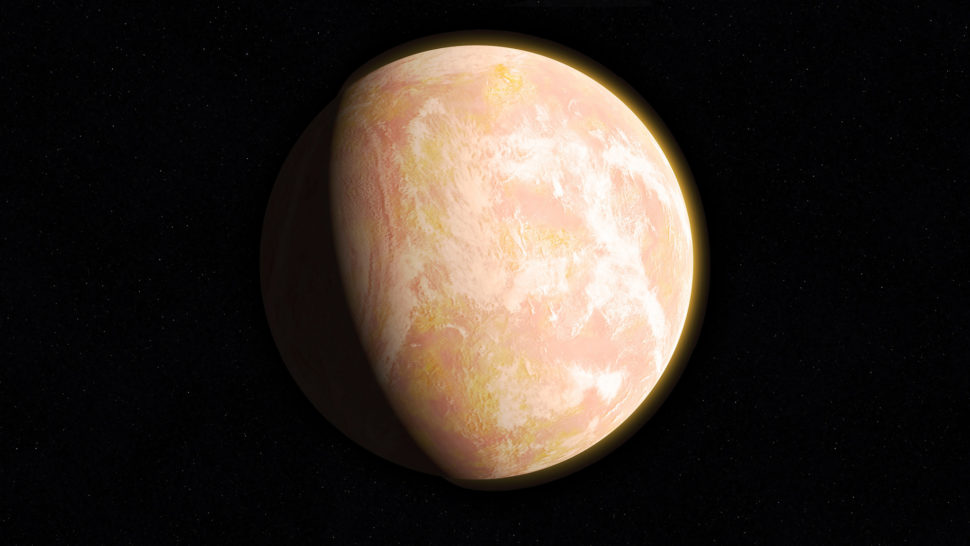To date, scientists believe that carbon monoxide found in other planets meant they are not habitable. However, a new study published by NASA astronomers opposes that notion, citing that carbon monoxide detectors may be a sign of extraterrestrial life.
Edward Schwieterman, the study’s lead author and a NASA Postdoctoral Program fellow in the University of California, Riverside‘s Department of Earth Sciences, said in a statement:
“With the launch of the James Webb Space Telescope two years from now, astronomers will be able to analyze the atmospheres of some rocky exoplanets. It would be a shame to overlook an inhabited world because we did not consider all the possibilities.”
In their paper, Schwieterman and his colleagues explained how they used computer models of chemistry in the biosphere and atmosphere to determine two potential scenarios wherein carbon monoxide can accumulate in the atmosphere of other habitable planets.
Carbon Monoxide Detectors
In the team’s first scenario, they studied our planet’s structure billions of years ago when the sun was not as bright as today. Despite the lack of oxygen and light, oceans during this period were already teeming with microbial life.
The researchers’ models suggest that primordial Earth could have maintained around 100 parts per million (ppm) levels of carbon monoxide — far greater than the amount found in our atmosphere today.
Timothy Lyons, the co-author of the study, said:
“That means we could expect high carbon monoxide abundances in the atmospheres of inhabited but oxygen-poor exoplanets orbiting stars like our own sun. This is a perfect example of our team’s mission to use the Earth’s past as a guide in the search for life elsewhere in the universe.”
In the second scenario, the team focused on the photochemistry of red dwarf stars like Proxima Centauri, the closest star to our Sun. The models reveal that uninhabited oxygen-rich planets near the same star would have an abundant supply of carbon monoxide.
As per Schwieterman:
“Given the different astrophysical context for these planets, we should not be surprised to find microbial biospheres promoting high levels of carbon monoxide. However, these would certainly not be good places for human or animal life as we know it on Earth.”
Since the planets around the habitable zone of Proxima Centauri are the most likely targets of the James Webb Space Telescope exploration program, Schwieterman and his team’s study wants to ensure that no planet will go unexplored because of false assumptions saying that high carbon monoxide detectors mean an exoplanet has no life.



















Comments (0)
Most Recent